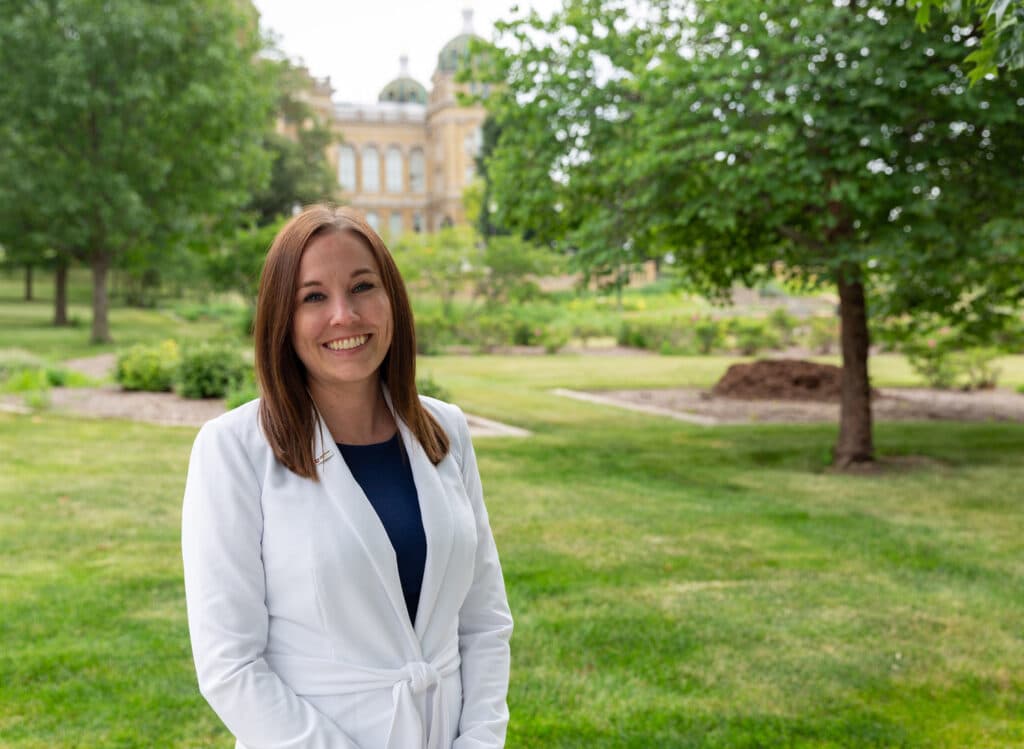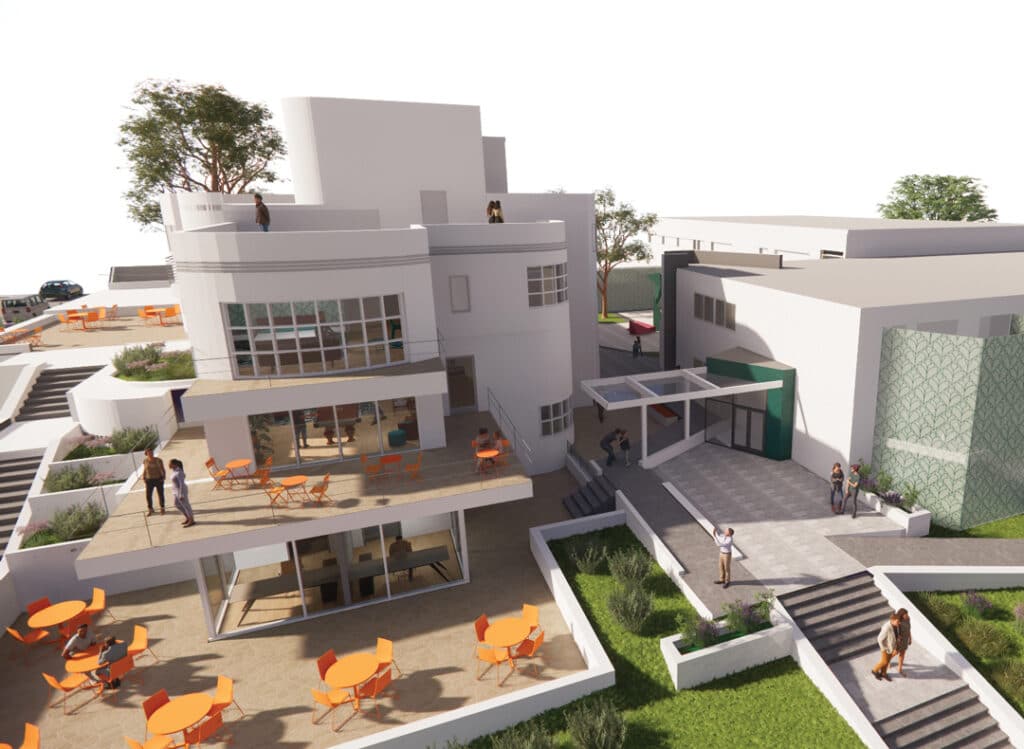NOTEBOOK: In 1,000 feet, turn right at the … ‘insert paying business here’

CHRIS CONETZKEY Jun 6, 2018 | 2:01 pm
3 min read time
606 wordsBusiness Record Insider, The Insider NotebookI was reminiscing recently with a college journalist about how I used to have to print off my directions from MapQuest before heading out to an interview. Naturally, I was promptly reminded by a wiser, more experienced individual that paper road maps used to suffice.
I digress. Google Maps has made it unbelievably easy to get around, and recently on a trip to Chicago, I noticed a new feature. As I came upon a turn, Susan (yeah, I named her) chirped “In 1,000 feet, turn left onto North Racine Avenue at the Baskin Robbins.” Pretty novel, and helpful, to use a landmark to identify a turn, especially in an unfamiliar area.
A quick search, and it turns out this is a new feature, according to Engadget (https://engt.co/2J29Bpj), which reports “that highlighting landmarks is just one method that’s in testing to make guidance better, but there’s no word on when/if it may roll out widely.” My first thought was how long before Baskin Robbins can start offering up coupons? Perhaps sometime in the future instead of the straightforward directions, we’ll instead hear “turn right at the B-Bop’s, and stop on in for a free cheeseburger with code ‘GoogleMaps.’”
This reminds me of two other articles I read about how Google Maps is trying to optimize the tool (and the vast amount of data it is layering over Maps) not just for directions, but for a host of other services. The company recently announced it is rolling out a new version later this summer, and according to TechCrunch (https://tcrn.ch/2J7PXIQ) it will use AI and personalization to create a newsfeed-like experience that provides recommendations and allows you to follow neighborhoods or cities.
It will also provide updates on new things in an area, give suggestions on what locations are trending based on the number of people who visit a location, and give you suggestions on restaurants that might match your personal preferences.
This is, of course, all based on Google’s troves of data, and if you want a super nerdy but fascinating dive into the subtle design changes Google has been implementing as a result of its data, read this essay by cartographer Justin O’Beirne (http://bit.ly/2Jor0rE). The essay explores the writer’s concept of the “Google Maps Moat” and how it has taken all its data to transform the product into one that is no longer just for getting driving directions, which simultaneously makes it very hard for other traditional direction-service apps — Apple’s iPhone maps, for example — to compete.
Over time Google Maps has been shifting and prioritizing design that makes it more friendly and useful for walking and exploring than for driving, as it has overlayed and prioritized super-accurate building information into its design.
And that makes sense. In Google’s eyes, you won’t need to get driving directions if you’re using Google’s Waymo self-driving car service to get around. But you might want to know which of the restaurants on that street is the new hot spot for burgers, and even more, you might want to know which one of those burger spots currently has a coupon. And, sure, wouldn’t it be nice if the window you were looking out was a touch screen overlaid with info about the businesses you were passing?
My Baskin Robbins experience with augmented reality might have been one of the first times I’ve paused to recognize how the internet is already augmenting my reality. If I had to guess, if Google has its way, it likely won’t be the last. And all that mapping costs money. My bet? Google sees plenty of dollar signs in selling advertising in an augmented reality.









